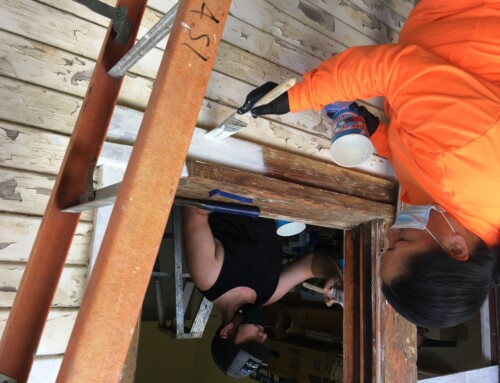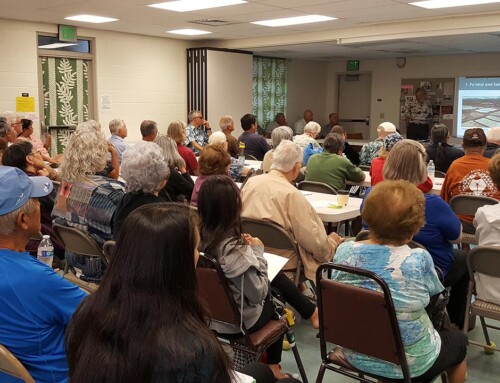Lead paint is a serious health and safety issue. New regulations – known as the renovation, repair, and painting rule – were officially adopted by the Environmental Protection Agency (EPA) and went into effect on April 22, 2010. The stated goal of the new regulations is to protect children from lead-based paint problems by focusing on places built prior to 1978 where children are most likely to be, including housing, schools, and childcare facilities.
The National Trust for Historic Preservation recently released guidance for Lead-Safe Practices for Older & Historic Buildings. The National Trust recognizes the concerns that lead paint presents and encourages lead-safe work practices. Properly addressing lead paint, however, does not translate to tearing out older painted windows, doors, woodwork, and siding. Through inexpensive materials and lead-safe renovation techniques, historic buildings can be made lead safe while preserving their architectural features.
The guidance can be found at http://www.preservationnation.org/issues/lead-paint/new-rule.html
It covers Lead-Safe Practices for Older & Historic Buildings, including:
- Lead Paint: What’s at Stake?
- Understanding New Regulations
- Ten Basic Tips for Lead-Safe Practices
- FAQ for Homeowners
- FAQ for Contractors
- FAQ for Preservation Organizations
- FAQ for Community Organizations and Property Managers
- Additional Lead Paint Resources
The new EPA rule requires the following:
- Renovation firms must be certified.
- Renovators and dust sampling technicians must be trained and certified.
- Non-certified workers must work under and be trained on the job by a certified renovator.
- Work practices must be followed for renovations covered by the rule.
- Renovators must educate owners and/or occupants.
- Training providers must be accredited.
The renovation, repair, and painting rule does not apply to:
- Minor repair and maintenance activities that disrupt six square feet or less of painted surface per room for interior projects, and 20 square feet or less of painted surface for exterior projects.
- Renovations where it is determined the renovation will not involve lead-based paint. The determination that the components affected by the renovation are free of lead-based paint can be made by a certified inspector, risk assessor, or certified renovator using an Environmental Protect Agency recognized test kit.
- Owner-occupied housing where the owner is performing his/her own renovation work.
Read the federal rule in its entirety as recorded in the Federal Register
For an easy-to-read resource on the renovation, repair, and painting rule, see EPA’s Steps to Lead Safe Renovation, Repair, and Painting.








